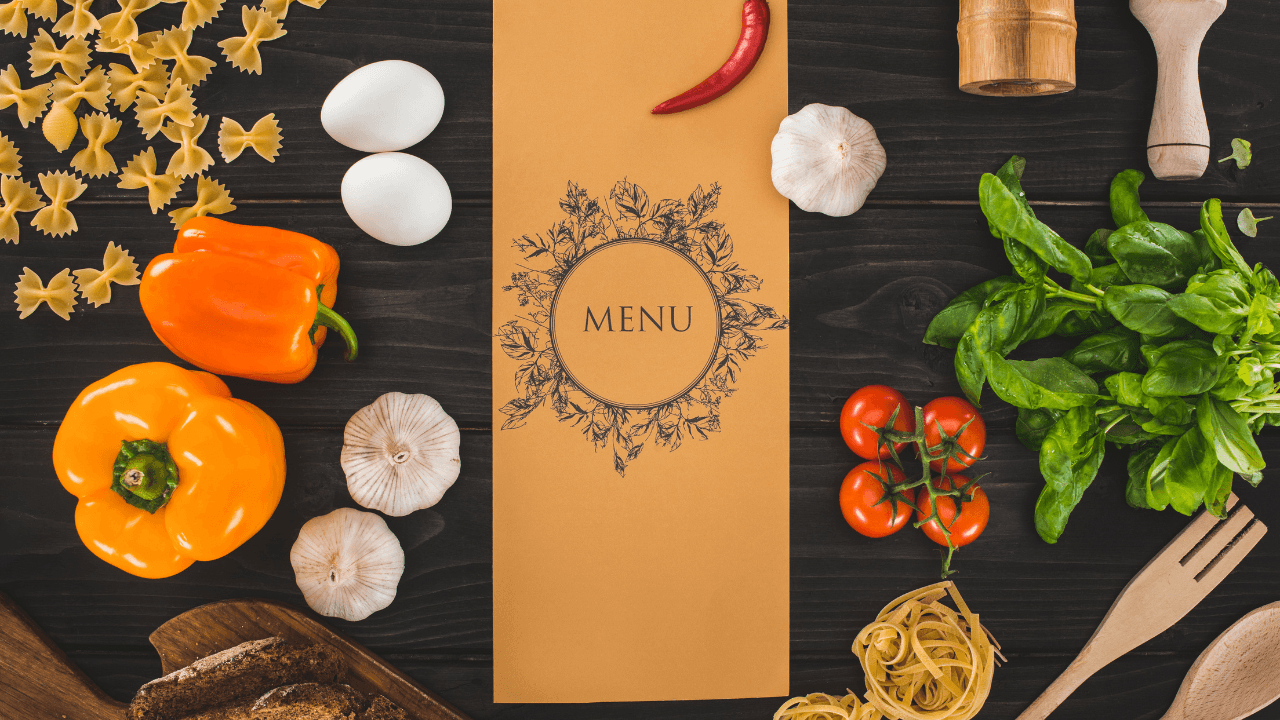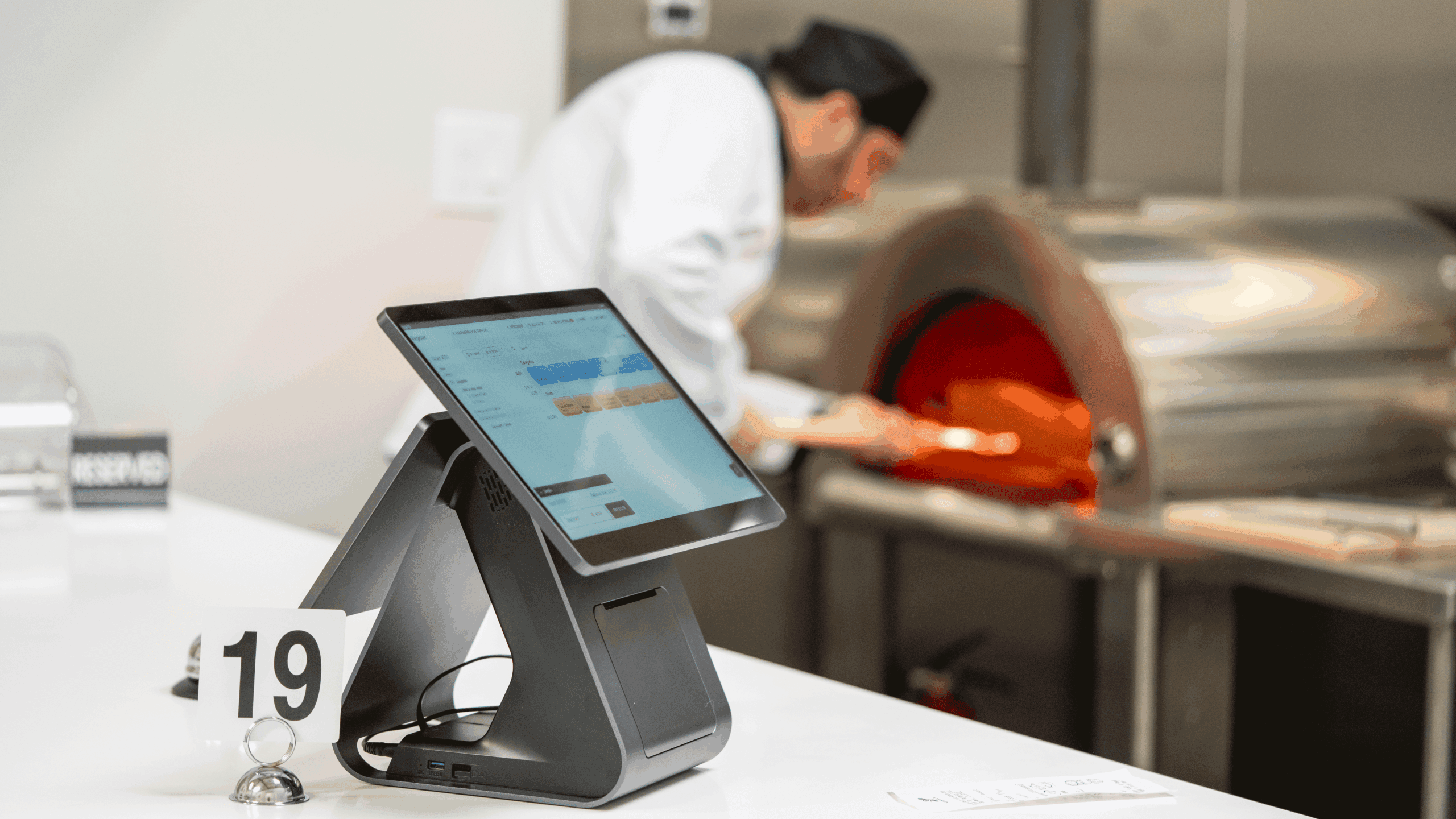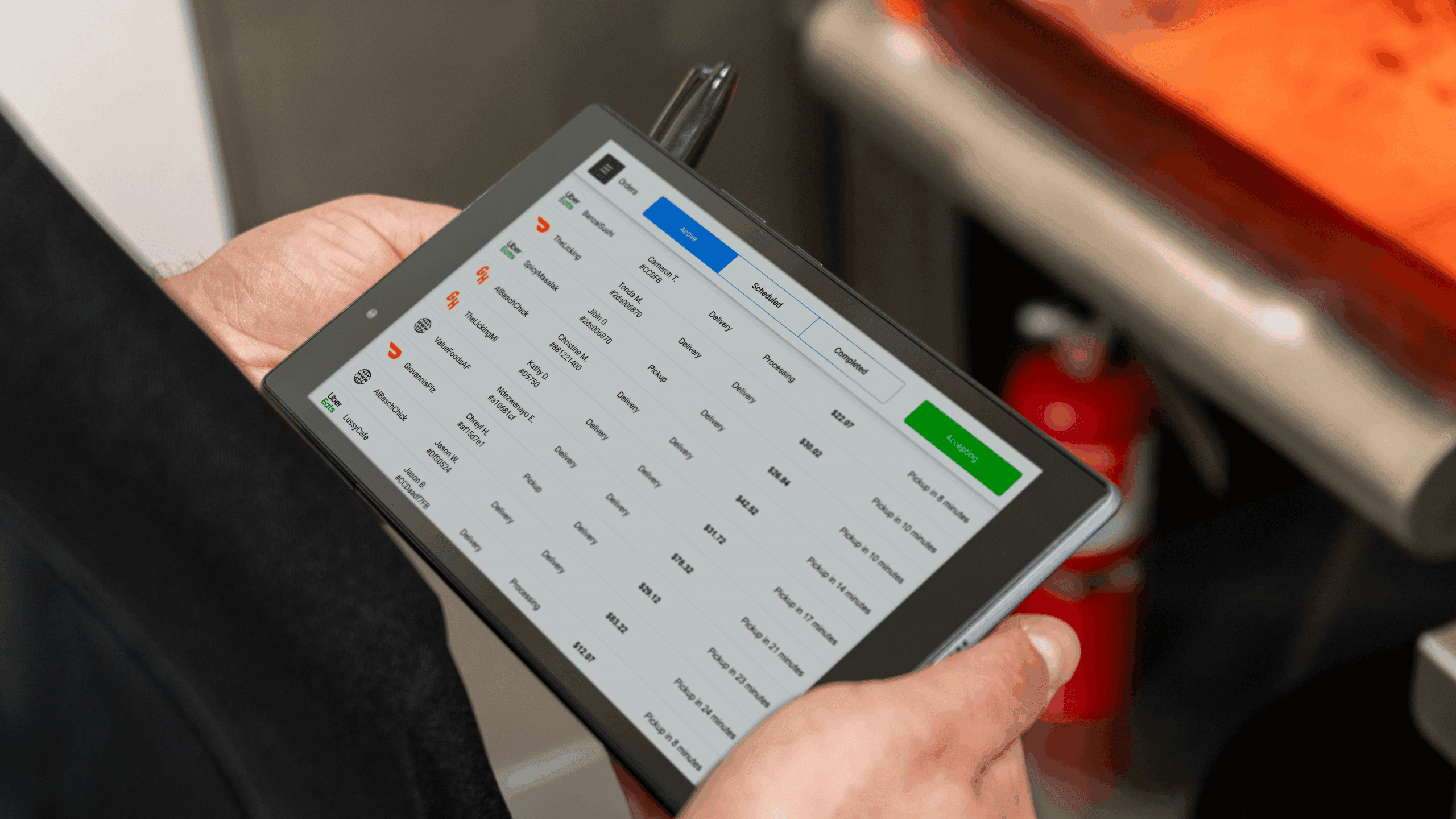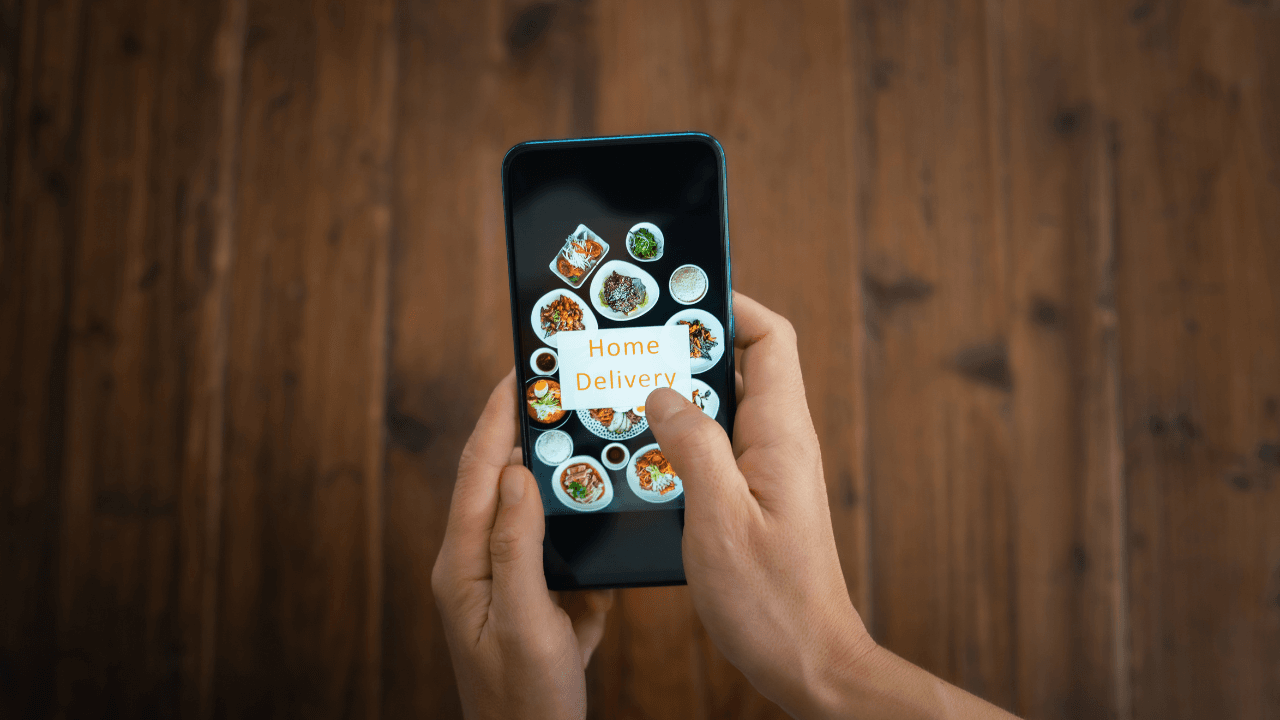- The Difference Between a Profitable Menu vs. a Regular One
- Step-by-step Guide to Crafting Your Profitable Menu
- Craft Your Profitable Restaurant Menu and See Results
In a world where dining out has become an integral part of our social fabric, the art of crafting profitable restaurant menus has emerged as a defining factor for success in the culinary industry.
Behind every mouthwatering dish and tasty experience lies a well-thought-out menu, carefully curated to tantalize taste buds and entice customers to indulge in a memorable dining affair.
So, if you’re an independent restaurant owner aiming to maximize profitability, this guide is for you!
The Age of AI and the Acceleration of Online Orders
In the fast-paced digital era, technology continues to revolutionize the way we interact with the world around us, and the restaurant industry is no exception.
With the advent of artificial intelligence, a new frontier has emerged, reshaping the landscape of dining experiences and propelling the acceleration of online orders to unprecedented heights.
AI-powered platforms and applications have become integral tools for restaurants, enabling them to streamline operations, enhance customer engagement, and boost profitability.
One of the most significant impacts of AI in the restaurant industry is the increase in online ordering platforms. These platforms leverage AI algorithms to provide personalized recommendations, efficient order processing, and seamless delivery experiences, catering to the ever-increasing demand for convenience and efficiency.
That’s why having an online menu is essential to keeping up with the competition. You can highlight your profitable dishes and provide a more efficient ordering experience for your customers.
The Difference Between a Profitable Menu vs. a Regular One
In the highly competitive restaurant industry, the distinction between a profitable menu and a regular one can mean the difference between thriving or merely surviving.
Crafting a menu that maximizes profitability requires careful consideration of various factors, including pricing strategies, ingredient costs, menu layout, and customer preferences.
Pricing Strategy
- Strategic pricing techniques influence customer purchasing decisions.
- Anchor pricing, bundle pricing, and menu psychology are employed. ( we’ll get back to this later)
- Items are positioned as premium choices or offer appealing value propositions.
Ingredient Costs
- Balancing high-cost ingredients with more affordable options to maintain profit margins.
- Optimizing ingredient utilization, reducing waste, and minimizing costs without compromising quality.
Menu Layout
- Menu engineering places high-margin items strategically to attract attention.
- Eye-catching visuals, well-crafted descriptions, and whitespace utilization.
- Guiding customers towards high-profit items and promoting specials and promotions.
Customer Preferences and Trends
- Adapting to evolving customer preferences and market trends.
- Incorporating popular dishes and emerging culinary trends.
- Regularly updating the menu to offer fresh and enticing options.
This was just an overview of the main elements of crafting a profitable restaurant menu. Below you can find a step-by-step guide to help you get started!
Step-by-step Guide to Crafting Your Profitable Menu
Identify Your Target Market
Understanding your target market is vital for creating a menu that resonates with their preferences and desires.
For instance, if your target is families, you may want to offer a variety of dishes that cater to different tastes and dietary restrictions.
Conduct market research to gather some key insights into your customers’ demographics, dining habits, and culinary preferences. Analyze customer feedback and reviews to understand their preferences and expectations.
Conduct Cost Analysis
According to the most recent Consumer Price Index report from the Bureau of Labor Statistics, food prices rose 7.7% between April 2022 and April 2023. This means that ingredient costs will need to be taken into consideration when pricing menu items.
To ensure profitability, it’s important to calculate the food costs associated with each menu item.
Determine the cost of ingredients, taking into account seasonal variations and fluctuations in pricing. Consider overhead expenses such as labor, rent, and utilities. Calculate the profit margin you aim to achieve and set pricing goals accordingly.
Your Inbox, Your Rules!
Tailor your newsletter with the topics you're most interested in.
Create a Menu Structure
Organize your menu into clear and logical sections. Categorize dishes into appetizers, mains, desserts, and any other relevant categories.
Ensure a balanced representation of high-margin items, customer favorites, and variety to cater to different tastes and dietary preferences.
If you operate a coffee shop, for example, consider including coffee-based beverages, smoothies, sandwiches, and pastries.
Employ Strategic Pricing
Utilize menu pricing techniques to maximize revenue and adjust menu prices. We mentioned the use of anchor pricing, bundle pricing, and psychological pricing earlier.
Now let’s elaborate further:
Anchor Pricing: Anchoring involves placing a higher-priced item next to a target item to make it seem like a better value. For example, a restaurant might list a premium steak as the highest-priced item, making other slightly less expensive dishes appear more affordable in comparison.
Bundle Pricing: Bundle pricing combines multiple items together at a lower overall price than if they were purchased separately. This strategy encourages customers to opt for the bundle, increasing the average transaction value and perceived value for the customer.
Psychological Pricing: Psychological pricing leverages the way customers perceive menu prices. For example, using $9.99 instead of $10.00 creates the illusion of a significantly lower price. It taps into customers’ tendency to focus on the leftmost digit, making the price seem more attractive.
Optimize Menu Descriptions
Craft appealing and descriptive dish names and descriptions. Highlight unique ingredients, cooking techniques, or flavor profiles that differentiate your dishes from competitors. Use enticing language to evoke sensory experiences and create anticipation. Consider incorporating storytelling elements to create a connection with customers.
Consider Seasonality and Trends
Take advantage of seasonal ingredients and incorporate them into your menu. Offer limited-time specials or seasonal dishes to create a sense of exclusivity and urgency. Stay updated with culinary trends and include popular items that align with current preferences. Balance timeless classics with innovative dishes to cater to a diverse range of tastes.
Design an Appealing Layout
Design an aesthetically pleasing menu layout that reflects your restaurant’s brand and atmosphere. Use high-quality food images to visually showcase your dishes and entice customers. Choose an easy-to-read font and organize the menu in a logical flow, guiding customers through the different sections. Utilize spacing and formatting to create a visual hierarchy and highlight important items.
Promote Signature or Profitable Items
Highlight signature dishes or high-margin items using visual cues, such as icons or borders. Consider creating a dedicated section or featuring them prominently on the menu. Showcase customer favorites or unique offerings that differentiate your restaurant, increasing its visibility and desirability.
Monitor and Analyze Performance
Regularly track and analyze sales data to evaluate the performance of your menu items. Identify top-selling items, as well as underperforming ones. Pay attention to customer feedback, reviews, and suggestions. Consider conducting surveys or collecting feedback forms to gather insights into customers’ experiences and preferences.
Continuously Adapt and Innovate
Stay attuned to changing customer preferences, culinary trends, and market dynamics. Continuously adapt your menu based on feedback and data analysis. Experiment with new dishes, flavors, and ingredients to keep the menu fresh and exciting. Consider seasonal menu rotations or periodic menu updates to maintain customer interest and drive repeat visits.
Craft Your Profitable Restaurant Menu and See Results
Crafting a profitable menu requires skill, creativity, and strategic planning. It’s also important to continually monitor customer feedback and sales data to ensure your menu remains relevant and effective.
By following the steps outlined in this guide, you can create a menu that meets customer expectations, generates high-profit margins, and drives customer loyalty — essential components for a successful restaurant business.










